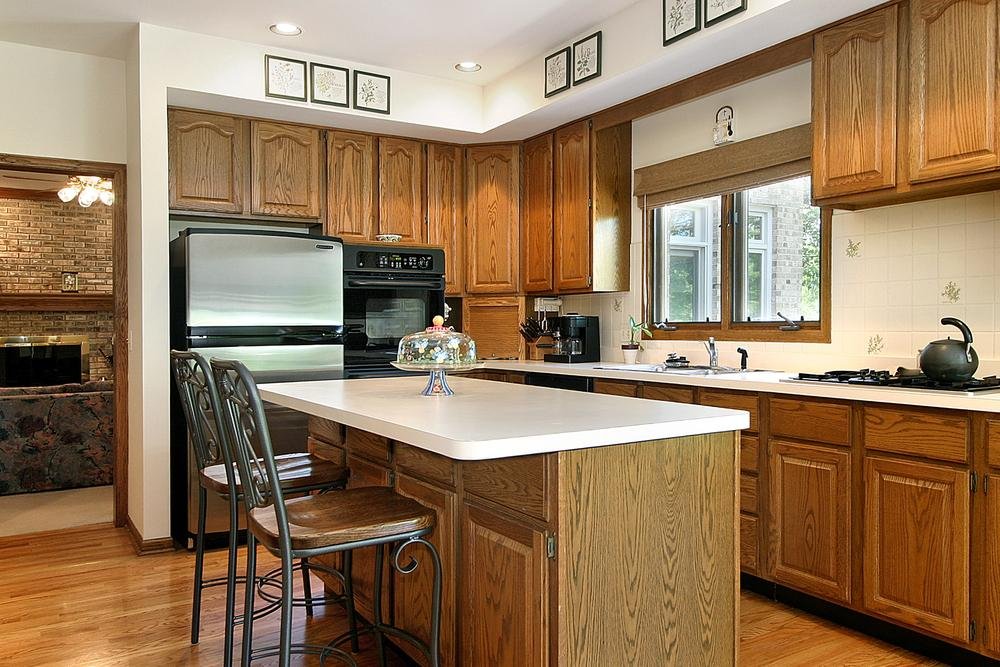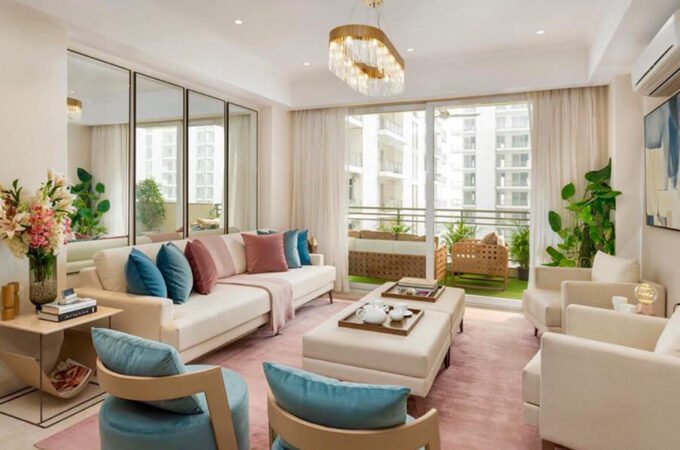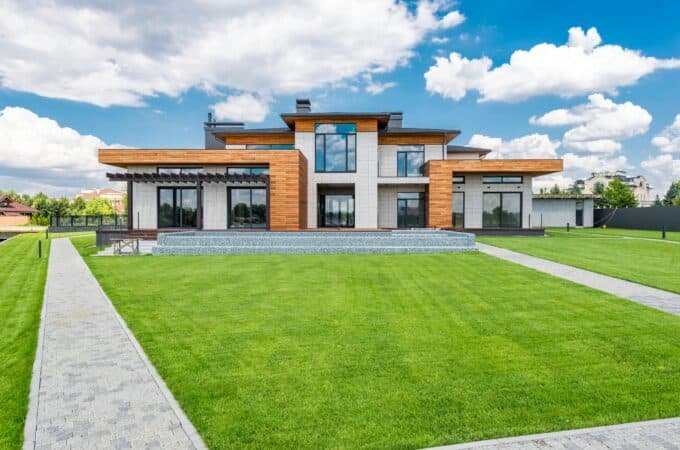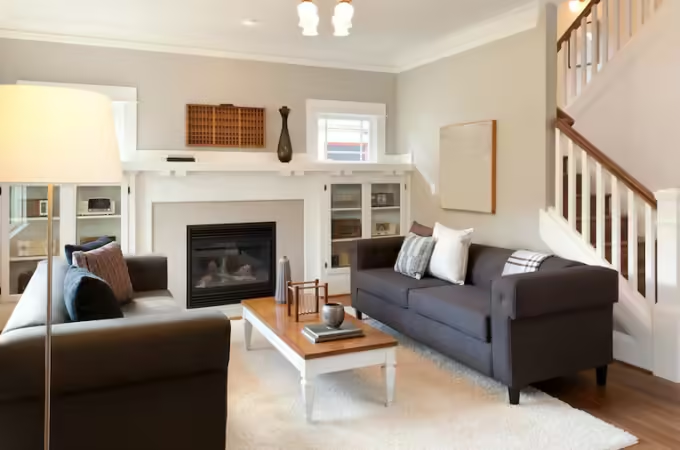
In Pursuit of Perfection – Creating a Kitchen that Balances Style and Functionality
Table of Contents
ToggleWe all dream of that perfect kitchen, where style and functionality coexist seamlessly. But, let’s be real, finding that balance can be challenging. It’s like trying to nail the perfect pancake flip – tricky, yet oh-so-satisfying when you get it right.
There is no blueprint that tells you exactly how to design the perfect functional kitchen. Yes, you can browse thousands of articles online and even try to follow what others are doing with their kitchen’s interior but it doesn’t almost always work. There’s no one-size-fits-all-all approach to designing a perfect kitchen.
In this blog, we will share with you insights from https://cut2size.ca on what truly matters when designing a custom kitchen. What are some things that are essential to consider? What are some innovative kitchen features and high-quality kitchen materials that are worth looking into? You don’t need to overwhelm yourself with information about stylish kitchen cabinetry, the most efficient kitchen cabinets, and the best kitchen appliances. This blog will simply give you clarity on what to focus on first before embarking on a kitchen redesign or renovation journey.
Creating a kitchen that balances style and functionality is an ongoing journey, not a destination. It’s about evolving, adapting, and making space for the unexpected. After all, the best recipes often come from a dash of spontaneity, and your kitchen should be no different.
Kitchen layout matters
The layout of your kitchen plays a pivotal role in the functionality and workflow efficiency of your kitchen. An efficient kitchen layout is something that works well for your kitchen activity. Do you cook frequently? How many cooks do you have? How many meals do you prepare each day? Questions like these will help you narrow down your choices and allow you to create an ergonomic kitchen and customize a seamless kitchen workflow that works for you, regardless if you have a small kitchen or a big one. Let’s take a look at some of the most popular layouts and dissect their pros and cons.
- Galley kitchen layout
The Galley kitchen, reminiscent of ship galleys, is characterized by parallel counters and a central corridor. Its linear design facilitates a streamlined workflow, ensuring that everything is within arm’s reach. The kitchen cabinet design of the galley layout minimizes unnecessary movement, making it ideal for solo chefs or those who prefer an organized, efficient workspace.
Perfect for narrow spaces, the galley layout maximizes every inch, utilizing vertical storage options. However, the linear design might limit social engagement, making it less conducive for interacting with other family members or entertaining guests while cooking. A space-saving solution you can adapt in this type of layout is to invest in pull-out shelves and vertical organizers to optimize storage space. Ensure ample lighting along the length of the kitchen to avoid shadowed areas.
- L-Shape kitchen layout
The L-shaped kitchen is a versatile layout, often forming the backbone of many homes. It consists of two perpendicular counters meeting at a right angle, offering flexibility and ample counter space. The L-shape accommodates both compact kitchen and large kitchens, adapting to various room sizes.
The extended counters provide generous workspace for multiple chefs or various kitchen tasks. But in open-plan homes, foot traffic may intersect with the kitchen, potentially disrupting the cooking flow. Consider incorporating an island with high-end kitchen finishes to enhance the workspace and create a central hub for gatherings. High-end finishes are recommended because they usually have easy-to-clean kitchen surfaces. The corner is a weak place of an L-shape layout. Use pull-outs or rotating shelves to maximize practical kitchen storage in often underutilized corner spaces.
- Limited space kitchen
In urban living, limited-space kitchens pose a unique challenge. Every inch must be utilized judiciously to balance functionality and aesthetics. A well-organized limited-space kitchen can maintain an efficient workflow with strategic placement of appliances and storage. Without proper small kitchen organization strategies, limited-space kitchens may appear cluttered and cramped. To make your limited space personalized and functional, consider custom kitchen cabinet options. Invest in space-saving customizable kitchen elements that serve dual purposes, such as foldable dining tables or pull-out pantry shelves. Embrace open shelving to create an illusion of space and display decorative kitchenware.
Sustainable kitchen concept
In today’s fast-paced world, creating a sustainable haven begins right in the heart of your home – the modern kitchen. As we embrace high-technology kitchen trends, it’s crucial to explore innovative ideas that not only elevate your culinary experience with less time and effort but also contribute to a greener future.
Embracing the high-technology kitchen is a pivotal step in creating a sustainable and functional kitchen. Consider incorporating kitchen technology ideas like smart thermostats for your oven or advanced ventilation systems. These innovations don’t just make your kitchen high technology; they also contribute to an energy-efficient kitchen environment.
The marriage of modern design and smart kitchen technology ensures that your kitchen remains at the forefront of eco-friendly living. From smart faucets that regulate water usage to high-tech refrigerators with energy-saving modes, the possibilities are endless.
- Energy-efficient kitchen appliances
Your journey towards an energy-efficient kitchen starts with investing in modern, energy-efficient kitchen appliances. These kitchen essential tools are the backbone of a high-technology kitchen. Imagine the harmony of preparing meals with durable kitchen fixtures that not only enhance functionality but also reduce your carbon footprint.
Whether it’s a smart refrigerator that optimizes energy usage or an induction cooktop that ensures precise heating, the energy-efficient kitchen appliances of today are designed to seamlessly integrate into the modern kitchen. These fixtures embody kitchen technology ideas that prioritize sustainability.
- Durable kitchen fixtures
When we talk about durable kitchen fixtures, we’re not just referring to the longevity of your countertops or cabinets. It’s about choosing materials and finishes that stand the test of time. Think stainless steel appliances, which not only exude a modern kitchen aesthetic but also boast durability and sustainability.
As you explore the market for functional kitchen accessories, prioritize those made from eco-friendly materials. Bamboo cutting boards, recycled glass containers, and utensils crafted from sustainable sources are excellent choices for creating a green and durable kitchen space.
- Functional kitchen accessories
Enhance your kitchen’s functionality with a thoughtful selection of functional kitchen accessories. From energy-efficient LED lighting to compost bins that effortlessly integrate into your waste management system, these accessories play a crucial role in the sustainability of your kitchen.
To stay ahead of kitchen technology trends, consider investing in smart scales, which not only assist in precise measurements but also contribute to reducing food waste by ensuring accurate portions. The key is to fuse modern kitchen essentials with eco-conscious choices.
Conclusion
From figuring out the best layout to throwing in some smart tech and eco-friendly vibes, this journey to kitchen bliss has been a real eye-opener. As we wrap up this blog, we want to highlight that the sweet spot for an awesome kitchen is all about finding that Goldilocks zone between looking good and actually being useful. It’s not just about having flashy countertops or the latest gadgets – it’s about making everything work together so our daily cooking routine is a breeze.






